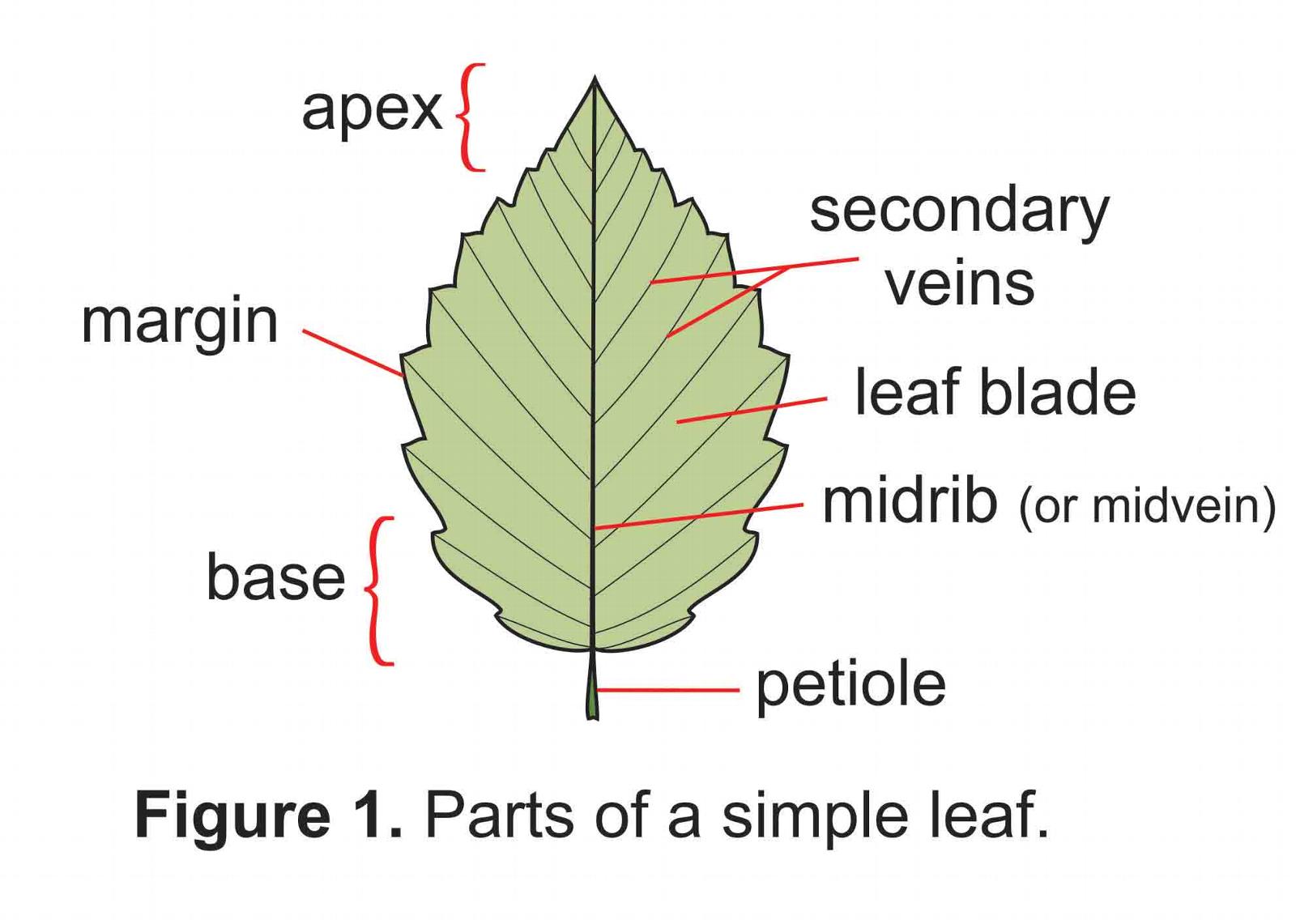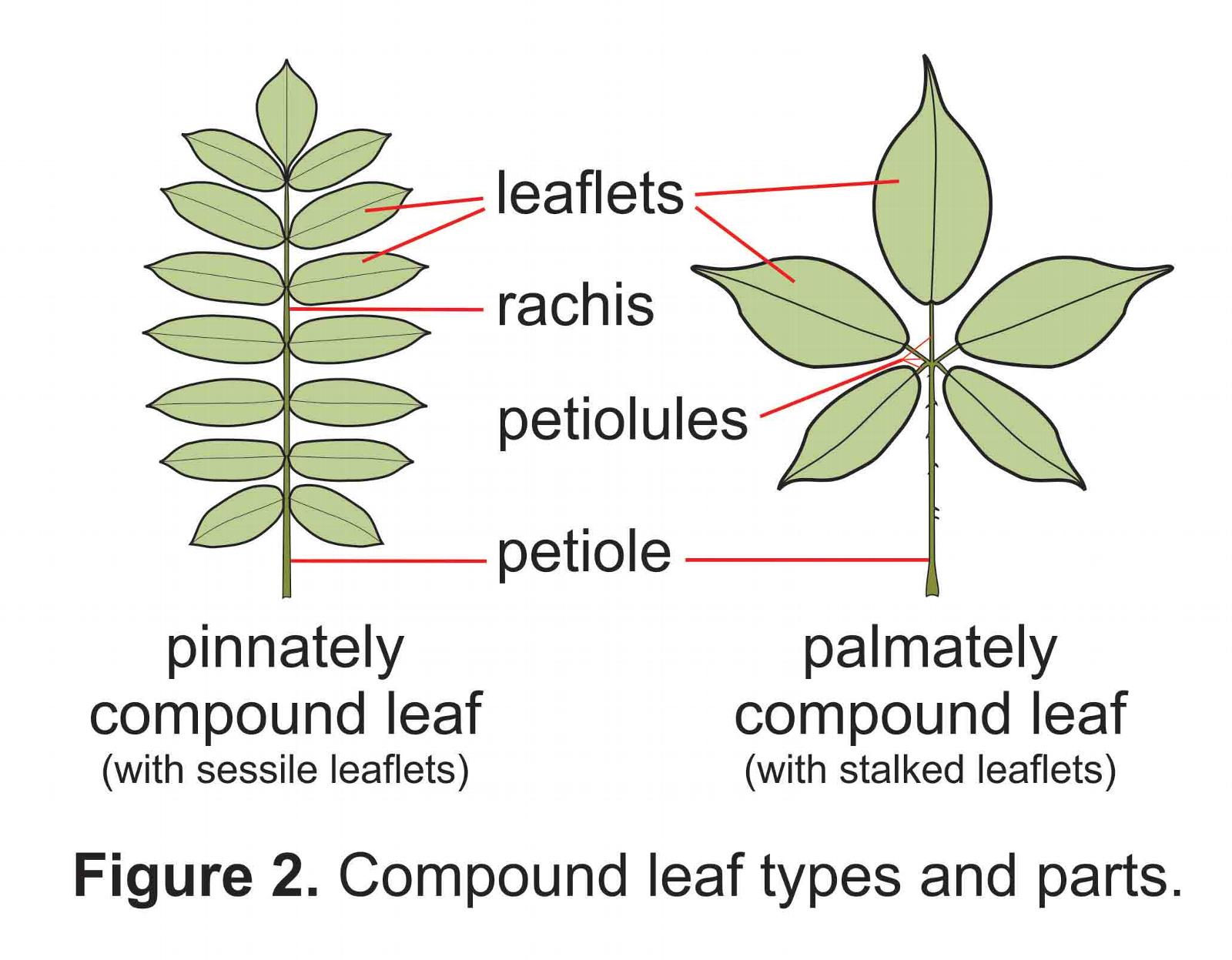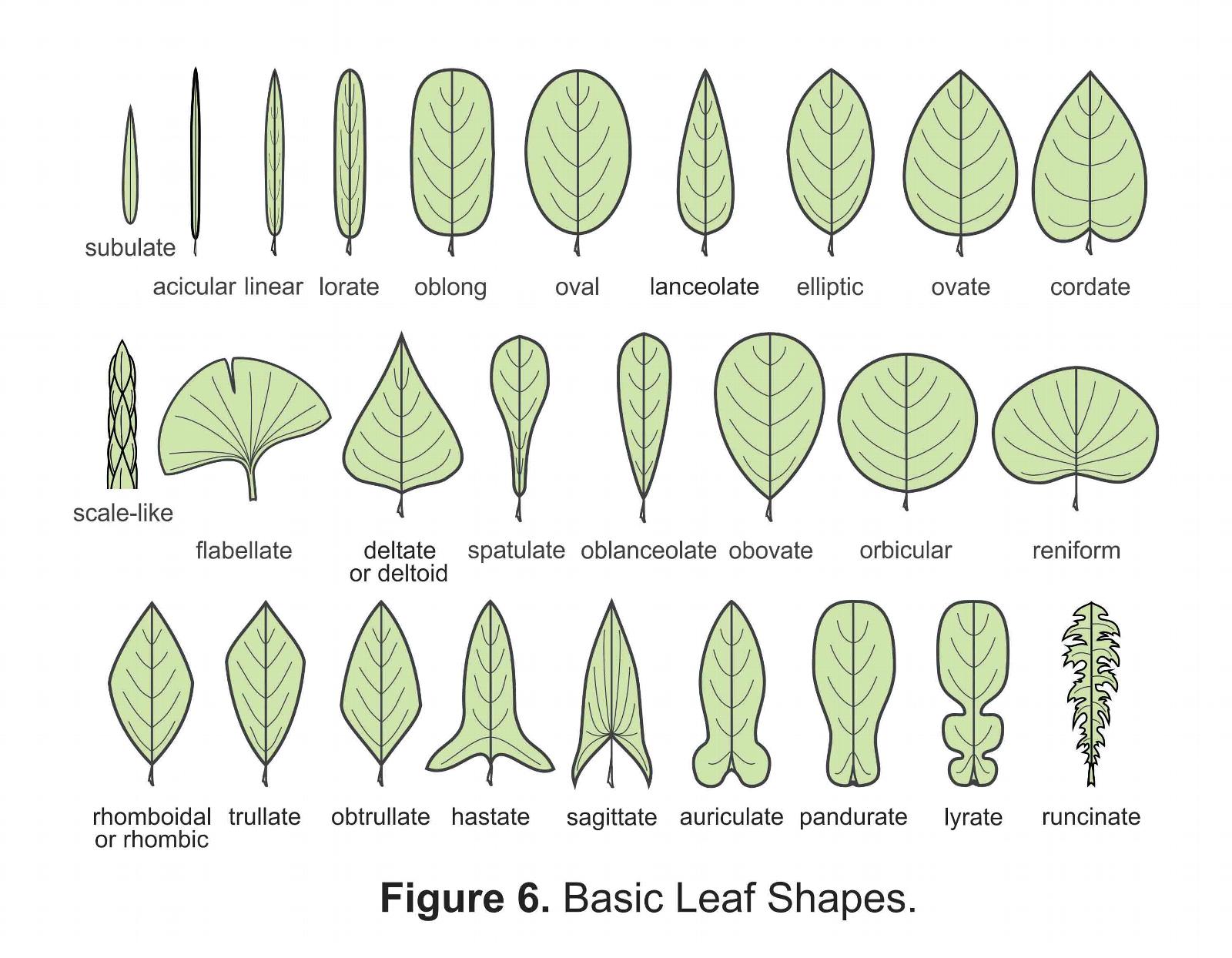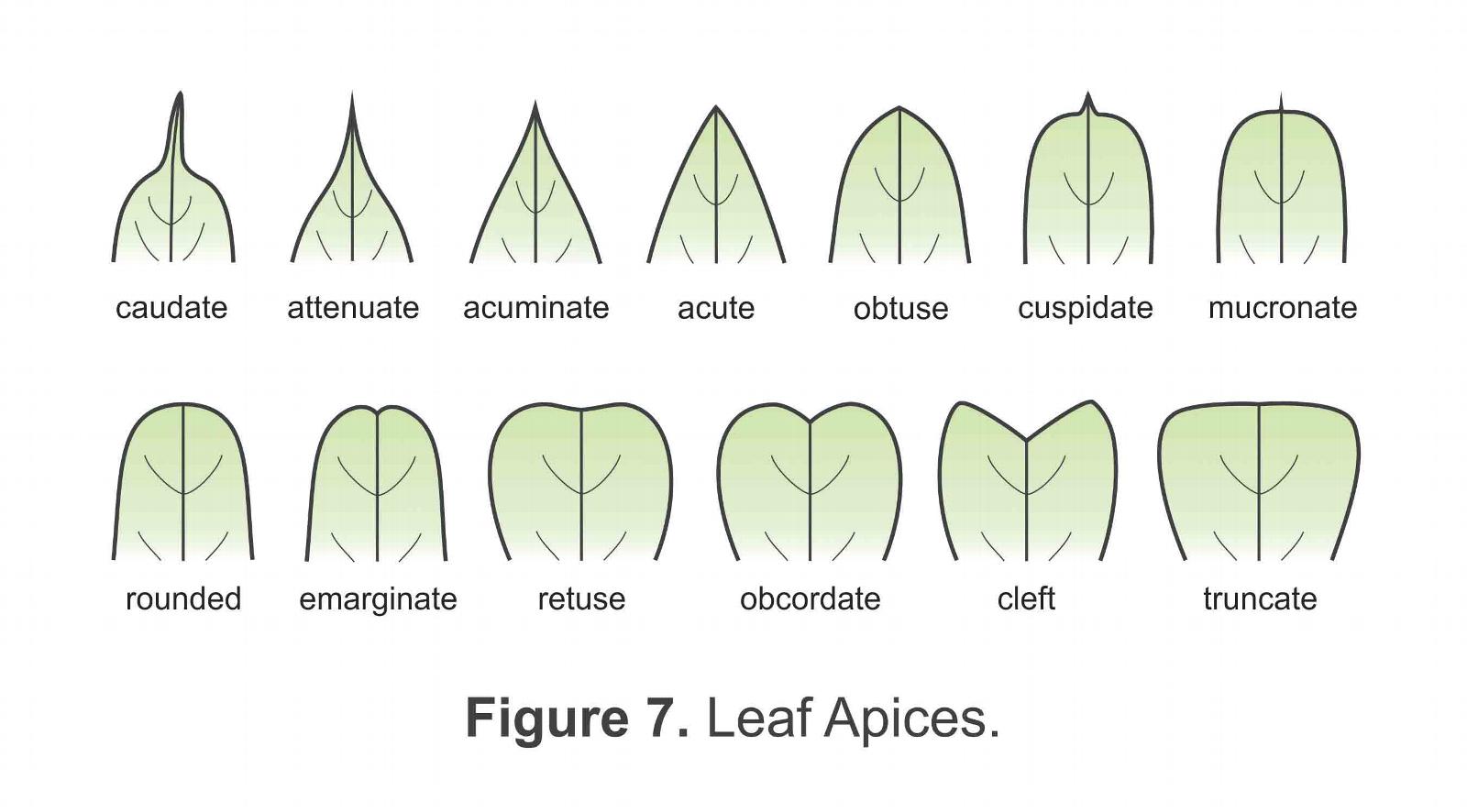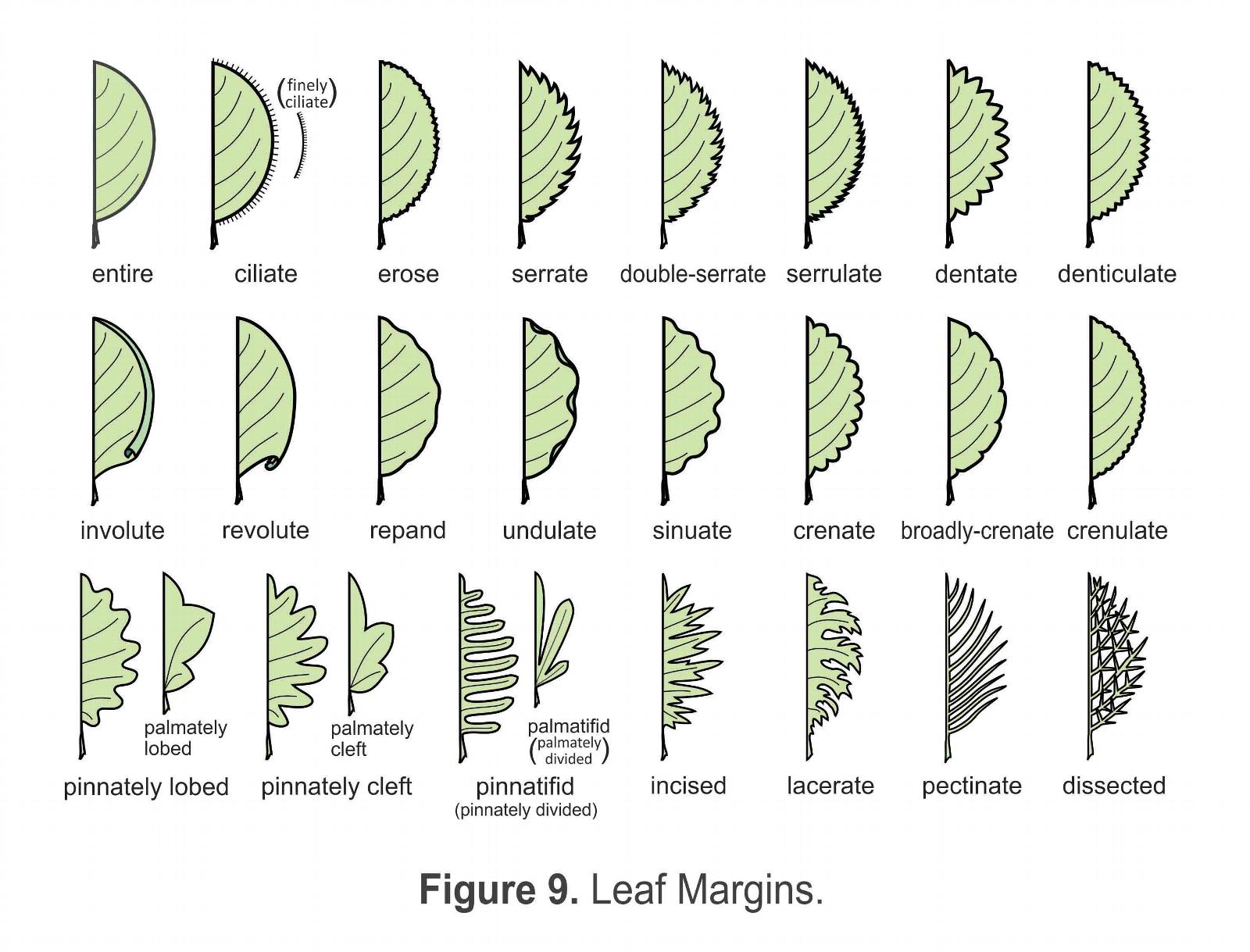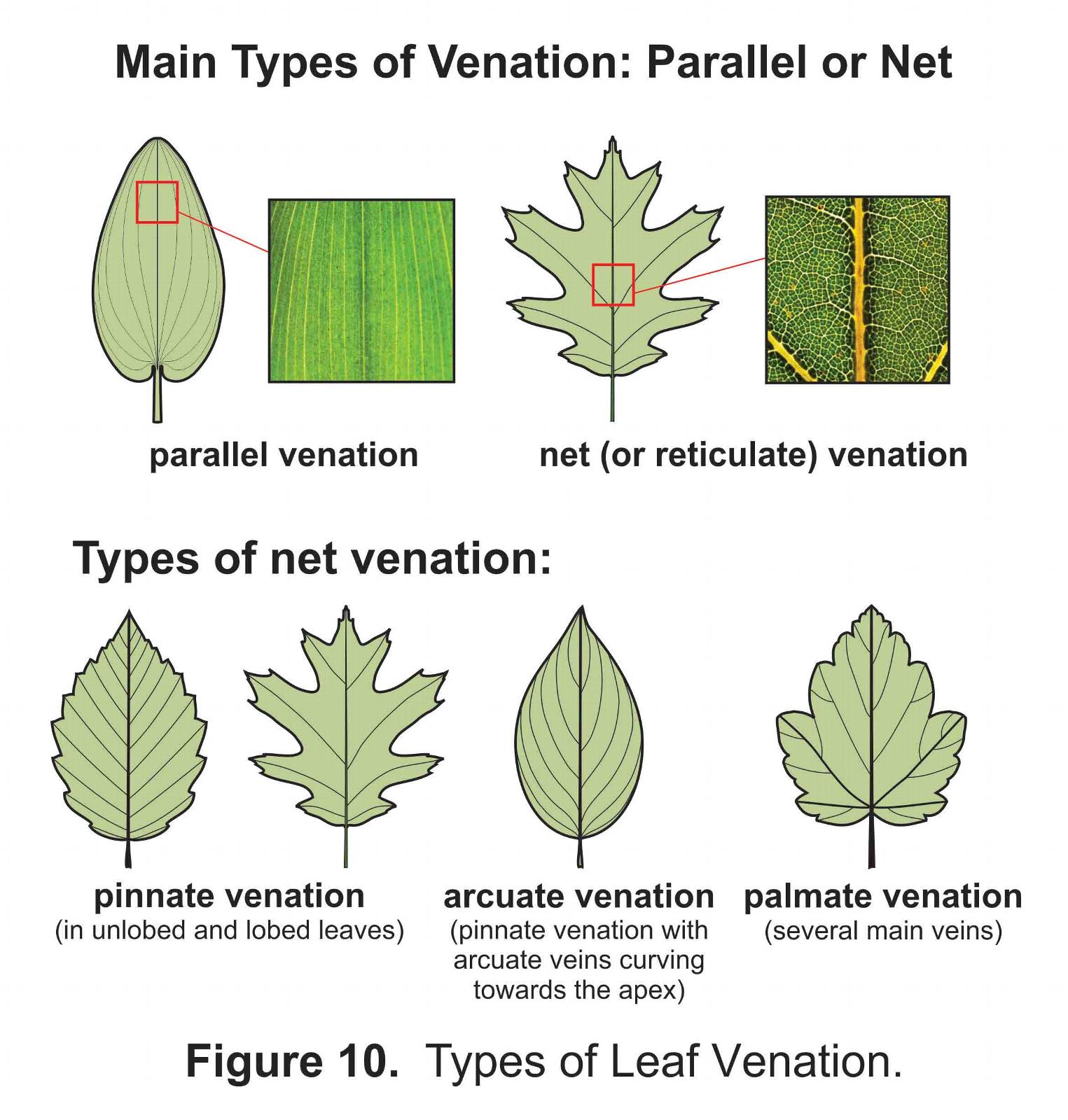Rubus spp (of Texas) comparison of features
Thank you for your interest in brambles and referencing this journal post. Due to the growing effort to further complicate Rubus by adding hundreds of complex species to the iNat database instead of taking the condensed species route like Flora of North America, I have ended my participation in ID'ing Rubus observations. The 3 posts I made will remain online for anyone that cares to reference them.
This post is Part 3 of my series on Rubus species in Texas.
Part 1 - Taxonomy of Dewberries, Blackberries, and Brambles in Texas (Rubus spp)
Part 2 - Key to Rubus spp of Texas (Dewberries, blackberries, and brambles)
In Part 2 I presented a guide to Quick ID the three most common Rubus species in Texas. This post takes species identification to the next level. It is an extract and comparison of the detailed characteristics of each species from the Flora of North America website. There is much value in looking closer at the leaflet shape and size, for example, in helping to determine species for observations that are inconclusive from the Quick ID guide. The botany terminology is heavy, so if you have a dictionary handy you will want to get it.
| | R. trivialis | R. pensilvanicus | R. flagellaris | |
|---|---|---|---|---|
| HABIT | Shrubs to 3(–7) dm, moderately to densely armed | Shrubs 10–30 dm, armed | Shrubs to 3 dm, armed | |
| STEMS | biennial | biennial | biennial | |
| initially low-arching, then falling and creeping (or climbing higher through other vegetation) | erect to arching | usually creeping, sometimes low-arching and then creeping , flowering branches usually erect | ||
| glabrous or moderately hairy | glabrous or sparsely to densely hairy | glabrous or densely hairy | ||
| sparsely to densely short- to long-stipitate-glandular | eglandular or sparsely to moderately, rarely densely, sessile- to short-stipitate-glandular | eglandular or sparsely sessile- to short-stipitate-glandular | ||
| not pruinose | not pruinose | not pruinose | ||
| PRICKLES | moderate to dense | prickles sparse to dense | prickles sparse to dense | |
| recurved | erect or slightly retrorse | hooked | ||
| sometimes distally slender, 1–4 mm, broad-based | stout, 4–10 mm, broad-based | sometimes distally slender, 1–4 mm, broad-based | ||
| BRISTLES | absent or sparse to dense | absent | ||
| erect to retrorse | ||||
| red to purple, rarely green | ||||
| slender, weak | ||||
| gland-tipped | ||||
| LEAVES | persistent or semipersistent | deciduous | deciduous, some sometimes semipersistent | |
| ternate to palmately compound | palmately compound | ternate or palmately compound | ||
| lustrous | not lustrous | not lustrous | ||
| Stipules | stipules filiform, linear, or lanceolate; 2–12(–15) mm | filiform to narrowly lanceolate; (3–)5–15(–20) mm | stipules filiform or linear to lanceolate, 3–20 mm | |
| Leaflets | leaflets 3–5 | leaflets (3–)5(–7) | leaflets 3–5 | |
| Terminal shape | terminal narrowly elliptic or ovate to obovate | terminal ovate to lanceolate | terminal ovate or elliptic to suborbiculate | |
| Size | 5–15 × 3–13 cm | 3–11 × 2–7.5 cm | ||
| Base | base rounded to cuneate | base rounded to shallowly cordate | base broadly cuneate or rounded to shallowly cordate | |
| Lobes | unlobed | unlobed | usually unlobed, rarely shallowly lobed | |
| Margins | margins moderately to coarsely serrate to doubly serrate | margins finely to coarsely singly or doubly serrate | margins moderately to coarsely serrate to doubly serrate or serrate-dentate | |
| Apex | apex acute to acuminate | apex acuminate to long-attenuate | apex acute or acuminate to short-attenuate | |
| Abaxial surface | abaxial surfaces with hooked prickles on midvein | abaxial surfaces green, usually with retrorse prickles on midvein | abaxial surfaces with prickles on midvein or unarmed | |
| glabrous or sparsely to moderately hairy | moderately hairy | sparsely to moderately hairy | ||
| eglandular or sparsely short-stipitate-glandular along central vein | eglandular or sparsely to moderately sessile- to short-stipitate-glandular along veins | eglandular or sessile- or short-stipitate-glandular along largest veins. | ||
| INFLORESCENCES | terminal, on short shoots usually appearing axillary | terminal, on short shoots usually appearing axillary | terminal, on short shoots usually appearing axillary | |
| 1(–3)-flowered | (2–)5–12(–16)-flowered | 1–3(–8)-flowered | ||
| cymiform, racemiform, or thyrsiform | racemiform | |||
| Flowering Jan–Jun | Flowering May–Jul | Flowering Mar–Jun | ||
| PEDICELS | prickles and, often, bristles moderate to dense, recurved | unarmed or prickles sparse, erect | unarmed or prickles sparse to moderate, retrorse to hooked | |
| moderately to densely hairy | glabrous or sparsely to densely hairy | moderately to densely hairy | ||
| sparsely to moderately sessile- to short-stipitate-glandular | eglandular or sparsely to moderately sessile- to short-stipitate-glandular | usually sparsely to densely sessile- or short-stipitate-glandular, rarely eglandular | ||
| FLOWERS | bisexual | bisexual | bisexual | |
| petals white to pink | petals white | petals white | ||
| elliptic to obovate, 10–16(–25) mm | usually obovate to elliptic, rarely suborbiculate, 8–40 mm | elliptic, obovate, or oblanceolate, 8–20 mm | ||
| filaments filiform | filaments filiform | filaments filiform | ||
| ovaries glabrous | ovaries glabrous | ovaries glabrous | ||
| FRUITS | black | black | black, sometimes dark red | |
| globose to ovoid, 1–1.5(–2) cm | globose to cylindric, 1–2 cm | globose to cylindric, 1–2 cm | ||
| drupelets 10–50 | drupelets 10–100 | drupelets 10–40 | ||
| strongly coherent, separating with torus attached | strongly coherent, separating with torus attached | strongly coherent, separating with torus attached | ||
| Rubus trivialis is distinguished from other species of Rubus by its frequently glandular-bristly and generally creeping stems, abundant recurved prickles, and typically persistent or semipersistent, lustrous primocane leaves with relatively narrow leaflets. Although emerging primocanes typically reach to 30 cm above the ground, vigorous plants can have new primocanes standing erect to 70 cm that later fall to the ground or onto adjacent vegetation as they continue to enlarge. | Rubus flagellaris is extremely polymorphic, ranging from plants with low-arching (and later creeping) stems and relatively few prickles to low, creeping plants with abundant prickles. Individual plants in some years will produce abundant, arching, poorly armed stems, and in others creeping, well-armed stems. Prickle shape also varies in these plants both within a year and among different years. Local variants seem to readily intergrade with other variants. |
|||


